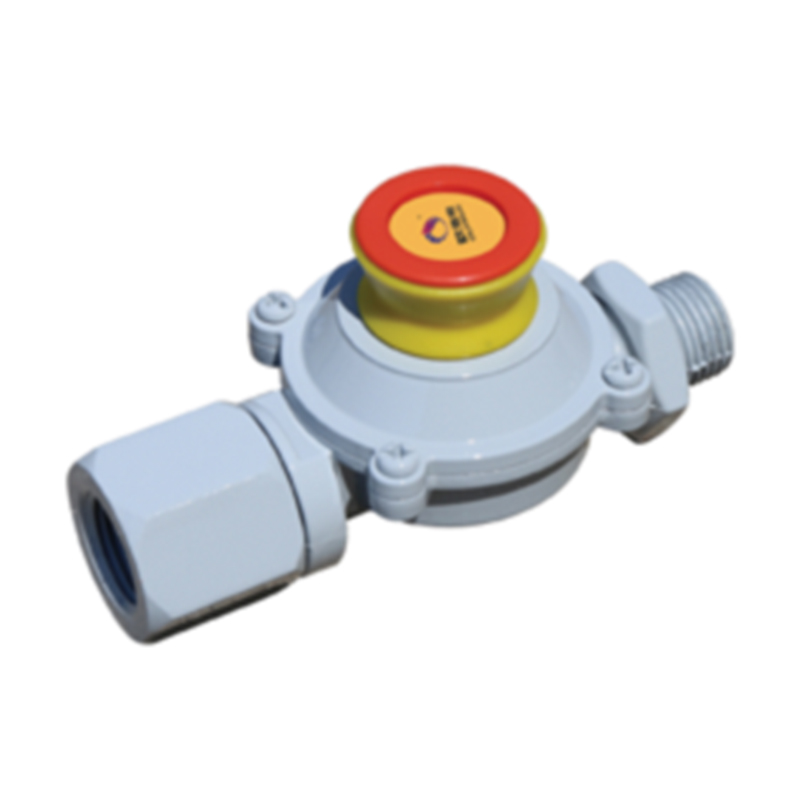
Aug . 20, 2024 00:50
Back to list
Gas Pressure Regulation Device for Safe and Efficient System Management
Understanding Gas Pressure Reducers A Key Component in Gas Distribution Systems
Gas pressure reducers, also known as pressure regulators, play a crucial role in gas distribution systems, ensuring the safe and efficient delivery of gases such as natural gas, propane, and other industrial gases. These devices are designed to manage and control the pressure of a gas as it moves from a high-pressure source to a lower-pressure end-use system. Understanding the functionality, components, and applications of gas pressure reducers is essential for anyone involved in gas handling, whether in industrial, commercial, or residential settings.
Functionality of Gas Pressure Reducers
The primary function of a gas pressure reducer is to reduce the incoming gas pressure to a desired level suitable for end-use applications. High-pressure gas can be hazardous; thus, reducing it to a manageable level is vital for safety and equipment protection. A gas pressure reducer automatically adjusts the flow and maintains the output pressure at a set value, despite fluctuations in inlet pressure or changes in gas demand.
When gas enters the regulator, it first encounters a diaphragm that responds to the input pressure. As the pressure increases, the diaphragm moves, adjusting a valve that allows the regulated gas to flow out at a consistent pressure. This mechanism not only provides a steady gas supply but also protects downstream equipment from potential damage caused by pressure surges.
Components of Gas Pressure Reducers
Gas pressure reducers consist of several key components, each contributing to the overall performance of the device. These components include
1. Diaphragm A flexible membrane that responds to pressure changes and controls the valve opening. 2. Spring This component applies force on the diaphragm. The spring's tension can be adjusted to set the desired output pressure. 3. Valve Seat The point where the valve seals against the body of the regulator, controlling the flow of gas. 4. Inlet and Outlet Ports The connections where gas enters and exits the regulator. 5. Pressure Adjustment Knob A user-friendly feature that allows for easy pressure setting and adjustment.
gas pressure reducer

Understanding these components is essential for troubleshooting and maintenance, ensuring that the gas pressure reducer operates efficiently and safely
.Applications of Gas Pressure Reducers
Gas pressure reducers find applications across various sectors, including
- Residential Heating In households, pressure reducers are used in gas lines for stoves, water heaters, and furnaces, ensuring that these appliances receive gas at safe and effective pressure levels. - Industrial Processes In manufacturing and processing plants, gas pressure reducers are vital for operations that involve combustion, heating, or chemical processes, where precise gas pressure control is necessary for safety and efficiency.
- Commercial Use Restaurants and commercial kitchens rely heavily on gas pressure reducers for cooking appliances, ensuring consistency and safety in their operations.
- Medical Facilities In hospitals, gas pressure reducers are used in medical gas systems to deliver oxygen and other gases at precise pressures critical for patient care.
Conclusion
In conclusion, gas pressure reducers are indispensable components in various applications, ensuring the safe and efficient delivery of gas across multiple sectors. Their ability to maintain consistent pressure levels protects both the equipment and the users, highlighting the importance of proper installation, maintenance, and regular testing. As industries continue to expand their reliance on gas, understanding and effectively utilizing gas pressure reducers will remain a key focus for safety and operational efficiency. Whether you are a technician, engineer, or simply a homeowner, familiarizing yourself with these devices can enhance your gas system management and contribute to a safer environment.
Latest news
-
Safety Valve Spring-Loaded Design Overpressure ProtectionNewsJul.25,2025
-
Precision Voltage Regulator AC5 Accuracy Grade PerformanceNewsJul.25,2025
-
Natural Gas Pressure Regulating Skid Industrial Pipeline ApplicationsNewsJul.25,2025
-
Natural Gas Filter Stainless Steel Mesh Element DesignNewsJul.25,2025
-
Gas Pressure Regulator Valve Direct-Acting Spring-Loaded DesignNewsJul.25,2025
-
Decompression Equipment Multi-Stage Heat Exchange System DesignNewsJul.25,2025

